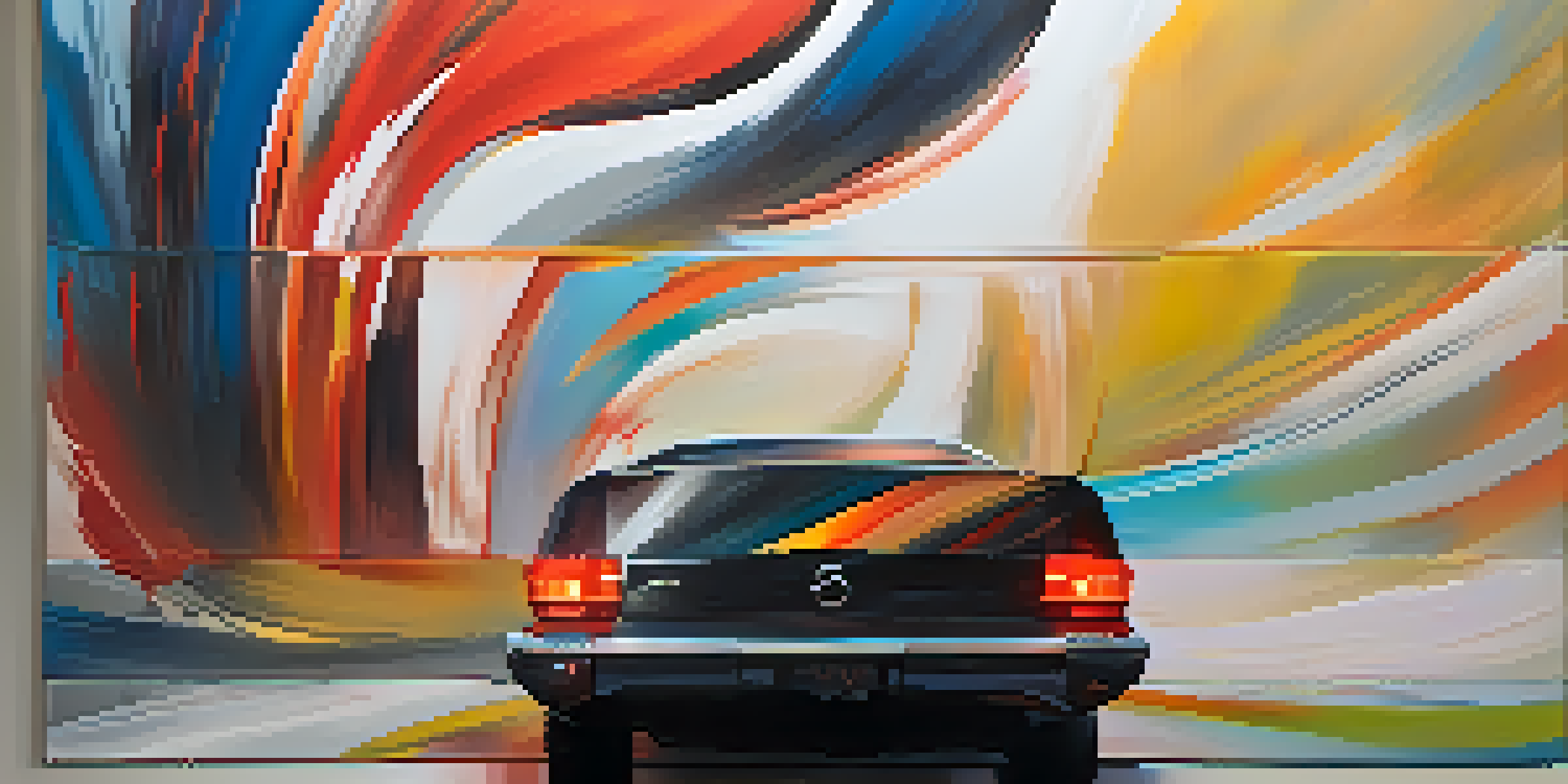Globalization's Influence on Contemporary Painting Styles

What is Globalization in the Art World?
Globalization refers to the interconnectedness of cultures and economies around the world. In the art world, this means that artists can easily share their work across borders and draw inspiration from diverse influences. This melting pot of ideas has led to a rich tapestry of styles and approaches in contemporary painting. Essentially, artists can now transcend geographical boundaries, leading to a more global perspective in their work.
Fusion of Styles: A New Artistic Language
One of the most fascinating outcomes of globalization in painting is the fusion of different styles. For instance, you might see traditional Asian brush techniques blended with Western abstract expressionism. This kind of cross-pollination creates a new, hybrid art form that resonates with a broader audience. It’s as if artists are building a new language, one that speaks to the shared human experience rather than specific cultural narratives.
Globalization Connects Artists Worldwide
Globalization enables artists to share their work and inspiration across borders, creating a diverse and interconnected art scene.
Digital Platforms: Expanding Artistic Reach
The rise of digital platforms has revolutionized how artists share and sell their work. Websites and social media allow painters to reach global audiences without the need for galleries or physical exhibitions. For example, an artist in Brazil can showcase their vibrant canvases to collectors in Europe simply by posting online. This accessibility not only democratizes art but also encourages diverse influences to flow into contemporary painting styles.
Cultural Exchange: Influencing Themes and Subjects
Globalization fosters cultural exchange, and this is reflected in the themes and subjects of contemporary paintings. Artists often tackle global issues such as climate change, migration, and social justice, drawing from a variety of cultural narratives. This broader perspective helps create a sense of empathy and understanding among viewers from different backgrounds. As a result, contemporary painting often serves as a mirror reflecting our interconnected world.
Digital Platforms Expand Art Access
The rise of digital platforms allows artists to reach global audiences easily, democratizing the art world and fostering a mix of influences.
Emergence of Global Art Movements
With globalization, we are witnessing the emergence of global art movements that transcend local trends. Movements like Street Art and Post-Internet Art have gained traction worldwide, encouraging artists to express their identities through these collective forms. By participating in these movements, artists can feel a sense of belonging to a larger community, united by shared experiences and values. This sense of community enriches the contemporary painting landscape.
Challenges of Globalization in Art
Though globalization brings many benefits, it also presents challenges for contemporary artists. There is a risk of cultural appropriation, where elements of a culture are used without understanding or respecting their significance. This can dilute the authenticity of the artwork and alienate the very communities that inspire it. Artists must navigate these complexities to ensure their work honors the cultures they draw from while still being innovative.
Cultural Exchange Shapes Art Themes
Globalization promotes cultural exchange, which influences contemporary paintings to address universal themes like climate change and social justice.
The Role of Art Institutions in a Globalized World
Art institutions play a crucial role in shaping how globalization affects contemporary painting. Museums and galleries are increasingly showcasing diverse artists from around the globe, providing them with a platform to share their unique perspectives. This not only enriches the cultural dialogue but also fosters a greater appreciation for global art forms. By recognizing and promoting a range of voices, these institutions help to create a more inclusive art world.
The Future of Painting in a Global Context
Looking ahead, the future of contemporary painting will likely continue to evolve under globalization's influence. As artists explore new technologies and engage with global issues, we can expect to see even more innovative styles and themes emerge. This evolution reflects our collective journey as a society, showcasing how interconnected we are. Ultimately, globalization will keep shaping the artistic landscape, inviting us all to participate in the ongoing conversation.